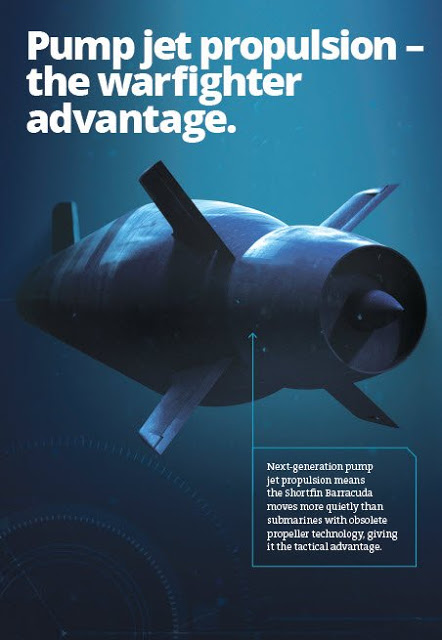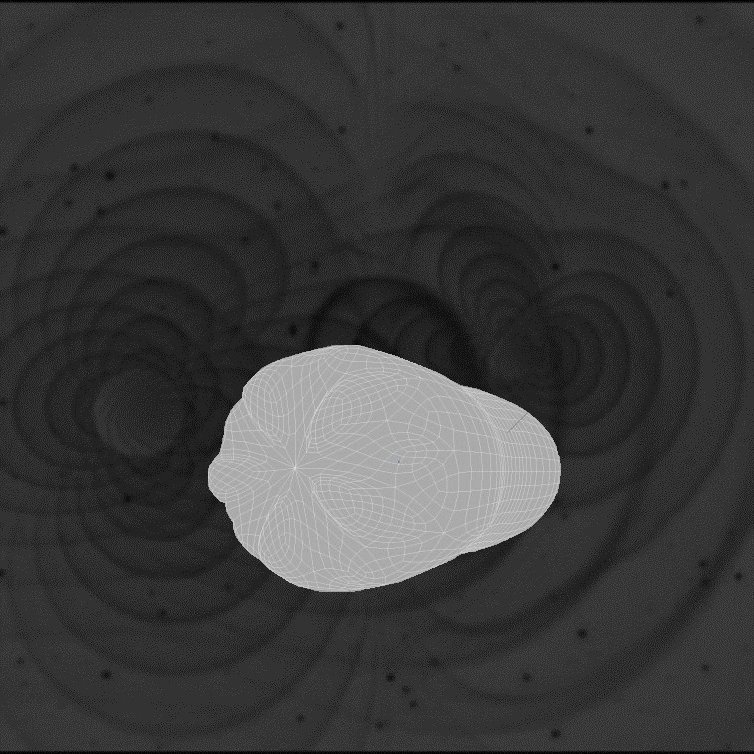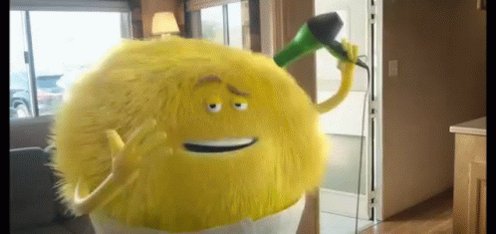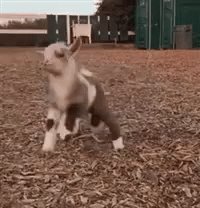12:37 This guy has too many brains for a place like Harvard, mentioning God right outta the box.
Pooshes like a water cloud is pooshed from puddles.
Frozen, liquid, "gas", engineered into graphane, what's the dif?
#RocketScience
https://t.co/FaeuEviwb4
How do you "sail" underwater? You don't.
You're in space, not on it.
#ants

As phony as "natural selection", speaking of the moronic, superstition-mongering NATURE.
Show your work. Use both sides of the paper, save a few trillion trees.
Here's the Readers' Digest version.
https://t.co/98kiyRRkM2

You don't test it, it tests you.
So knock it off with that pedestrian strawman.
But don't take my word for it...
https://t.co/jW5d96jqrv
Doesn't seem like the next big leap would come that way though, does it?
How would you engineer such a breakthrough, were you orchestrating or simply allowing things to happen naturally?
Serious replies only.
More from For later read
You May Also Like
https://t.co/6cRR2B3jBE
Viruses and other pathogens are often studied as stand-alone entities, despite that, in nature, they mostly live in multispecies associations called biofilms—both externally and within the host.
https://t.co/FBfXhUrH5d

Microorganisms in biofilms are enclosed by an extracellular matrix that confers protection and improves survival. Previous studies have shown that viruses can secondarily colonize preexisting biofilms, and viral biofilms have also been described.

...we raise the perspective that CoVs can persistently infect bats due to their association with biofilm structures. This phenomenon potentially provides an optimal environment for nonpathogenic & well-adapted viruses to interact with the host, as well as for viral recombination.

Biofilms can also enhance virion viability in extracellular environments, such as on fomites and in aquatic sediments, allowing viral persistence and dissemination.

Viruses and other pathogens are often studied as stand-alone entities, despite that, in nature, they mostly live in multispecies associations called biofilms—both externally and within the host.
https://t.co/FBfXhUrH5d

Microorganisms in biofilms are enclosed by an extracellular matrix that confers protection and improves survival. Previous studies have shown that viruses can secondarily colonize preexisting biofilms, and viral biofilms have also been described.

...we raise the perspective that CoVs can persistently infect bats due to their association with biofilm structures. This phenomenon potentially provides an optimal environment for nonpathogenic & well-adapted viruses to interact with the host, as well as for viral recombination.

Biofilms can also enhance virion viability in extracellular environments, such as on fomites and in aquatic sediments, allowing viral persistence and dissemination.





















